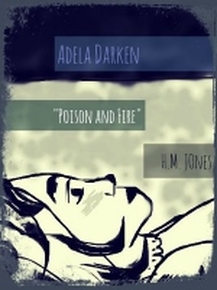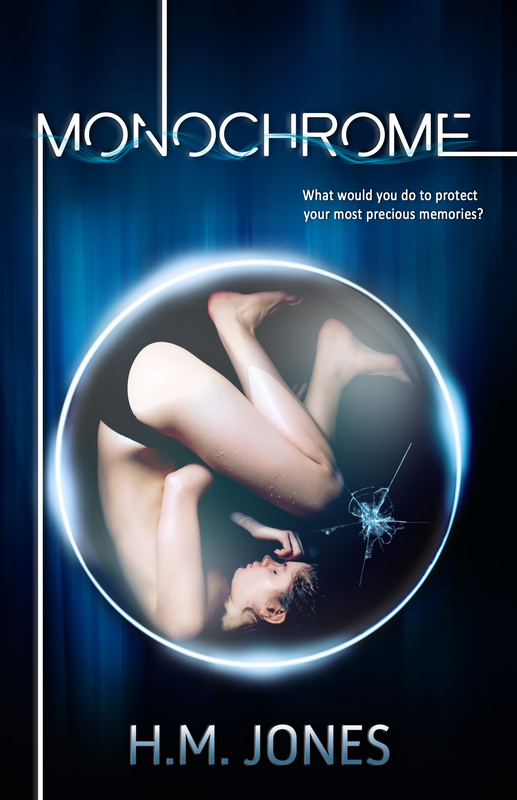|
One of the first things we learn about stories is that they have a beginning, middle, and end. What makes a great story is the journey we experience when hitting those milestones. But sometimes as storytellers and writers, it can get murky as to when certain plot points should come to fruition, or how “quick” or “slow” the pacing should be. Here are a few lessons I’ve learned along the way when it comes to setting the pace of stories and mapping out the plot. BEGIN WITH A BANG Not only do I enjoy writing stories, I enjoy reading them as well. What immediately captures my attention, as a reader, is an opening sentence or paragraph that either (1) commences with action, or (2) intrigues me and makes me want to find out more. Beginning with a “bang,” doesn’t always have to include an explosion or fight scene (although those are fun). It also means provoking the reader’s interest, or perhaps leaving them with a question that they hope will be answered. Some people call this your “hook,” but whatever it is, make sure that it draws the reader in. In a recent survey of my 6,000 newsletter subscribers, I asked my readers what they loved most about a book. The top answer was a book that drew them in, one that immersed them in the story. It beat “interesting concept or setting,” and even character and plot (though those came in close second and third). If you can grab hold of your readers and bring them into your world so that they’re celebrating with your protagonist, laughing at their jokes, crying over their tragedies, and wishing they were BFF’s with the hero, then you’ve done your job. This also sets the stage for the direction of the plot, as well as the pacing of your story. Which leads us to… WHO IS THIS? AND WHY SHOULD I CARE? If I don’t get a clear sense of who the protagonist is and what her deepest desire or goal is, then I’m not going to care about her. The underlying guide to your entire plot will be the protagonist’s goal and the conflict and obstacles experienced in trying to obtain that goal. It fuels both the story’s progression and reader interest. In my recent paranormal fantasy, SIN EATER, the very first sentence states that the protagonist (Aria Knight) would die tonight. So that’s the banging beginning. But then, before the end of the first chapter, you get a sense of who Aria Knight is, what she yearns for in her heart of hearts, and a hint of trouble that’s coming her way. Remember that the reader chose your book because it promised something to them (adventure, romance, magic, mystery, etc.). Part of delivering on this promise is presenting them the protagonist and the stakes involved. Each plot point will show just how important or dangerous things are for our hero, and it still gives you room for creativity and inspiration. HOW TO QUICKEN PACE I have found that the younger the reading audience, the more fast-paced a story is. This doesn’t mean that adult readers won’t like a story that moves quickly, but you can stagger the progression of your story by having moments of quickness and then slowing them down. So, how do you speed up your story’s pace (if needed)?
HOW TO SLOW DOWN PACE
SET-UP AND PAY OFF Finally, in mapping out your plot, entertain and delight the reader with "paying off" events, relationships, and characters that you’ve set up. These enrich the plot, and they also show that there’s a purposeful, strong structure underlying the story. A set-up, for example, could be a character in your story who’s hotheaded and rash, always rushing into things. The payoff could be his hotheaded nature leading him into major trouble, or even causing more problems and conflict. In another example from SIN EATER, I set up the character of Harry Storm as having been cursed with a spell that allows spirits to overtake his mind and body. In fact, when you first meet him, he’s rushing into an apothecary to obtain the only potion that can help stave off the effects of the curse. What would you think the payoff would be for Harry and his peculiar curse? Why, Harry loses access to his potion and the spirits come out to play. Often, set-ups and payoffs are expected, but sometimes they can be used as part of plot twists in order to surprise readers (in a good way). FINALLY… Don’t forget to leave room for inspiration, and remember to close loops and hit those emotional “YES!” moments that’ll resonate with readers. One of the best things about writing is that you have a creative way to communicate with others, and more than anything, readers want to be entertained and carried away. If you start with a sound foundation, then everything else will fall into place. About Alesha Escobar I’m a caffeine addict and chocoholic who enjoys reading and writing engaging stories, loveable (and not-so loveable) characters, and expressing my creativity daily. I write fantasy with intriguing characters, action-packed scenes, and always throw in a good dash of humor and romance.
Science Fiction and Fantasy are my favorite genres, but I also adore the classics (Shakespeare, Dante Alighieri, etc.) and I have a soft spot in my heart for Victorian poetry. Follow Alesha: www.aleshaescobar.com/Website
1 Comment
|
AuthorH.M Jones is the author of B.R.A.G Medallion Honor and NIEA finalist book Monochrome, its prequel Fade to Blue, the Adela Darken Graphic Novellas, Al Ravien's Night, The Immortals series, and several short stories. Archives
December 2019
Categories
All
|














 RSS Feed
RSS Feed
